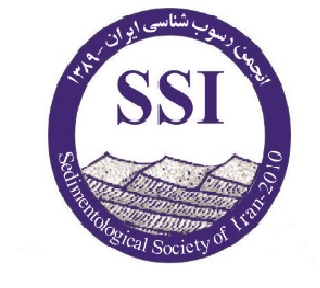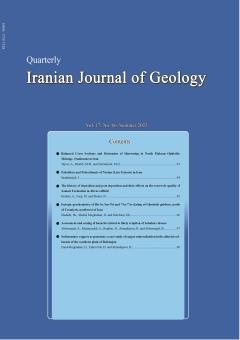The history of deposition and post-deposition and their effects on the reservoir quality of Asmari Formation in Ahvaz oilfield
Subject Areas :Akbar Heidari 1 * , Milad Faraji 2 , Narges Shokri 3
1 - Department of Petroleum Geology and Sedimentary Basins, Faculty of Earth Sciences, Shahid Chamran University of Ahvaz, Ahvaz, Iran
2 - Department of Petroleum Geology and Sedimentary Basins; Faculty of EarthSciences; Shahid Chamran University of Ahvaz, Ahvaz, Iran
3 - Department of Petroleum Geology and Sedimentary Basins; Faculty of EarthSciences; Shahid Chamran University of Ahvaz, Ahvaz, Iran
Keywords: Sequence Stratigraphy, Diagenesis, Asmari formation, Sedimentary facies, Sedimentary environment, Reservoir.,
Abstract :
The carbonate interval of the Asmari formation along with sandstone deposits were deposited in most areas of the Zagros sedimentary Basin, including the Ahvaz area, in Oligo-Miocene. In this study, the effects of depositional and post-depositional environments on the reservoir quality of zone A7 of the Asmari Formation in well No. 4 in Ahvaz oil field were studied. The study of the sequences of the Asmari Formation in this section led to the identification of 11 carbonate facies, one evaporite facies, one mixed carbonate-siliciclastic facies, and one siliciclastic facies. Sedimentary environments of tidal zone, lagoon, coral reef and open sea were introduced for the depositional environment of identified facies. Due to the absence of sudden changes, it seems that the studied deposits were deposited in a ramp-type carbonate platform that was influenced by siliciclastic sediments from the Zagros river systems. The immature sedimentary texture of the sandstone facies indicates the proximity of the origin of the quartz sources to the carbonate basin. Among the diagenetic processes that have affected the examined sequences, the following processes can be mentioned: micritization, cementation, neomorphism, physical and chemical compaction, dissolution, fracture development and filling, dolomitization, and anhydritization. These diagenetic processes occurred in post-depositional marine, meteoric and burial diagenetic environments. Many fractures were filled with petroleum, which indicates that fractures, along with dolomitization, chemical compaction, and fenestral pores, are among the most important post-sedimentation complications to increase reservoir quality. While cementation and anhydritization resulted in reducing the reservoir quality by closing the pore spaces .

